On March 22, the People's Committee of Dak Nong province coordinated with the National Archives Center II to organize the opening of the exhibition "History of formation, political, economic, cultural, social, security and defense achievements of Dak Nong in 20 years".
The exhibition displays nearly 268 images, documents, maps, and woodcut versions to recreate the past and present of Dak Nong province. This is an opportunity to help people and tourists better understand the beauty of the land and people of Dak Nong; the potentials, advantages, and prospects for economic and tourism development.
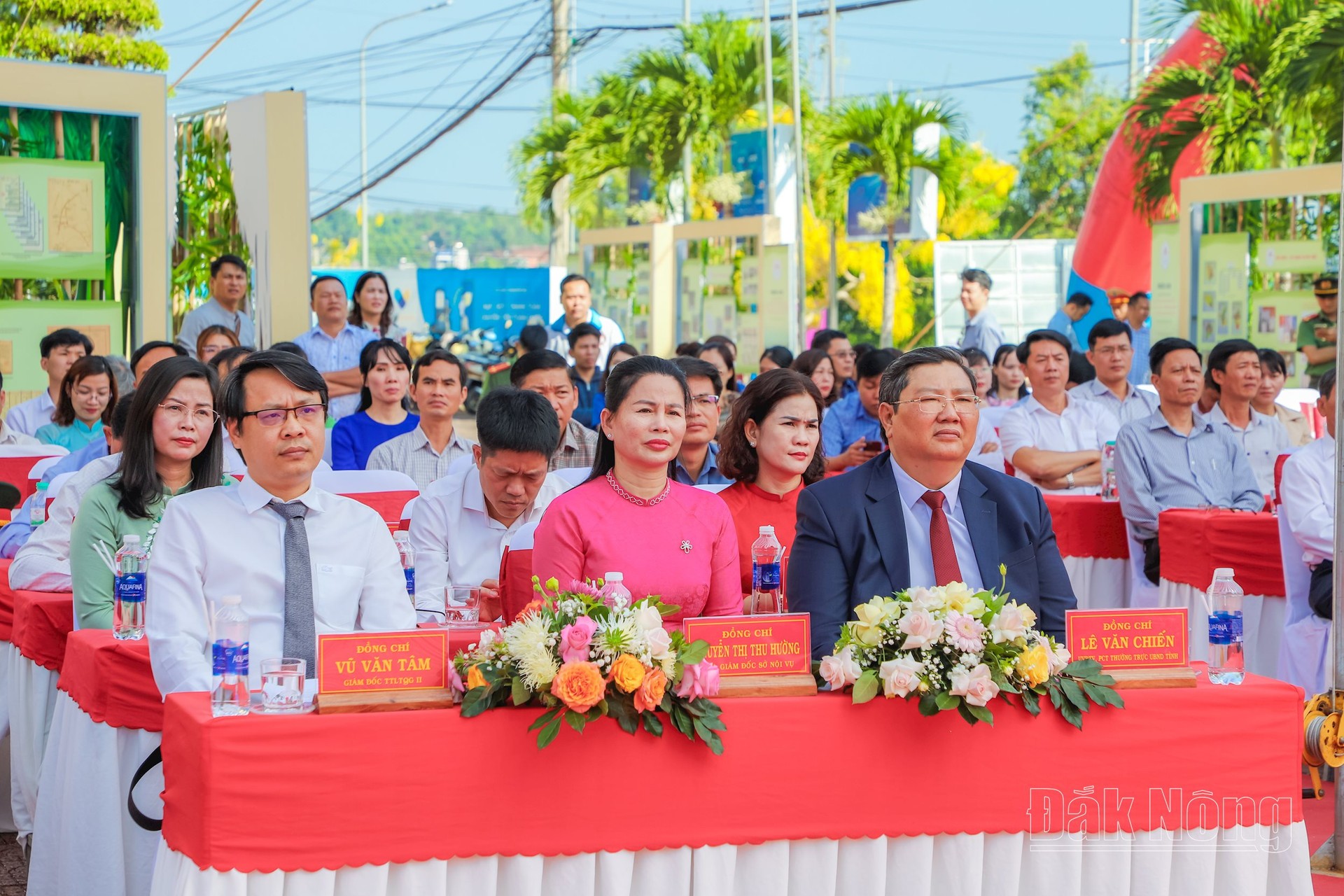
Delegates attending the exhibition "History of formation, political , economic, cultural, social, security and defense achievements of Dak Nong in 20 years".
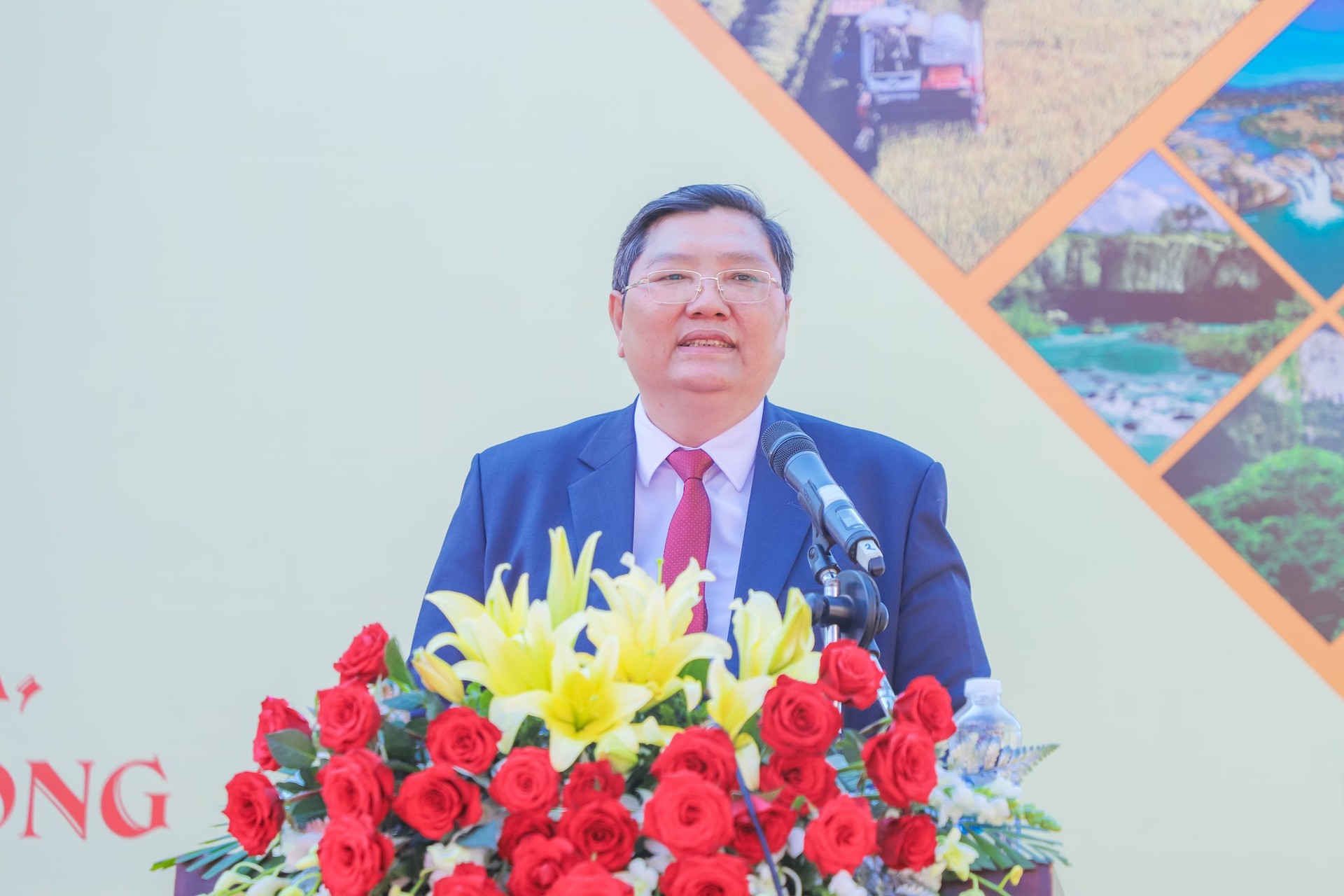
Mr. Le Van Chien, Permanent Vice Chairman of Dak Nong Provincial People's Committee spoke at the exhibition.
Speaking at the opening of the exhibition, Mr. Le Van Chien, Permanent Vice Chairman of Dak Nong Provincial People's Committee emphasized that this is the first time Dak Nong has organized an exhibition space with content recreating the tradition, identity and achievements in politics, economy, society, security and national defense throughout the history of the locality.
The exhibition also aims to honor the province's unique cultural heritage values to domestic and international friends, contributing to attracting investment resources for socio-economic development of Dak Nong.
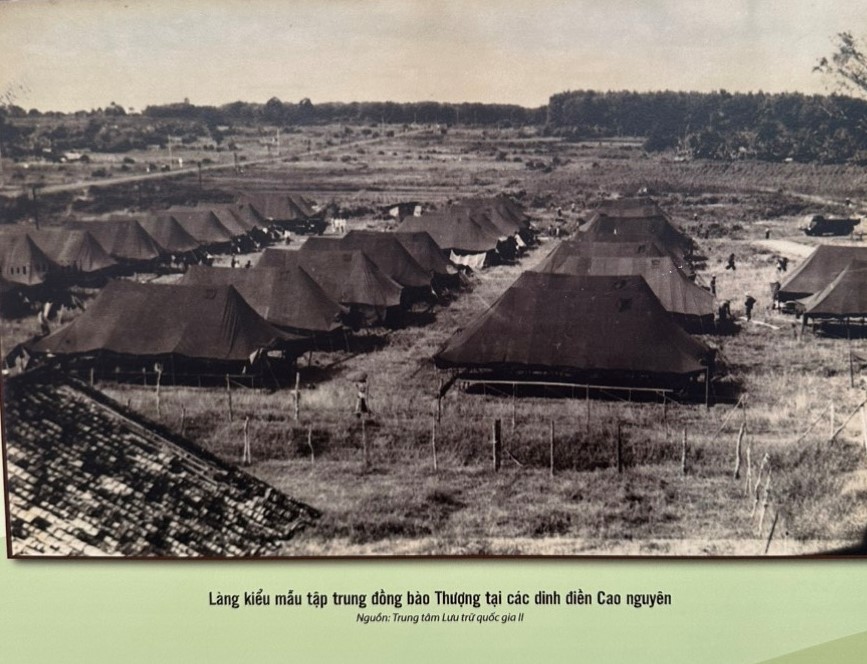
Nearly 268 images, documents, maps, and woodcuts are displayed at the exhibition.
“The exhibition provides valuable information for organizations and individuals when visiting, learning and researching the formation, development and achievements of Dak Nong province throughout history, contributing to educating the tradition of patriotism, self-reliance and self-reliance for the younger generation,” Mr. Chien affirmed.
Mr. Vu Van Tam, Director of National Archives Center II, Deputy Head of the Exhibition Organizing Committee, said that the exhibition recreates the culture, history, socio-economic achievements, security and national defense of the locality.
Among them, there are archival documents that were created nearly two centuries ago. The documents and maps show changes in administrative organization, land names, and village names in Dak Nong under the French colonial period and under the control of the Republic of Vietnam government. “These are documents produced during the activities of the central agencies of the French colonial government and the Republic of Vietnam regime. They are original historical documents, containing accurate information about the history of Dak Nong in the 19th and 20th centuries,” Mr. Vu Van Tam informed.
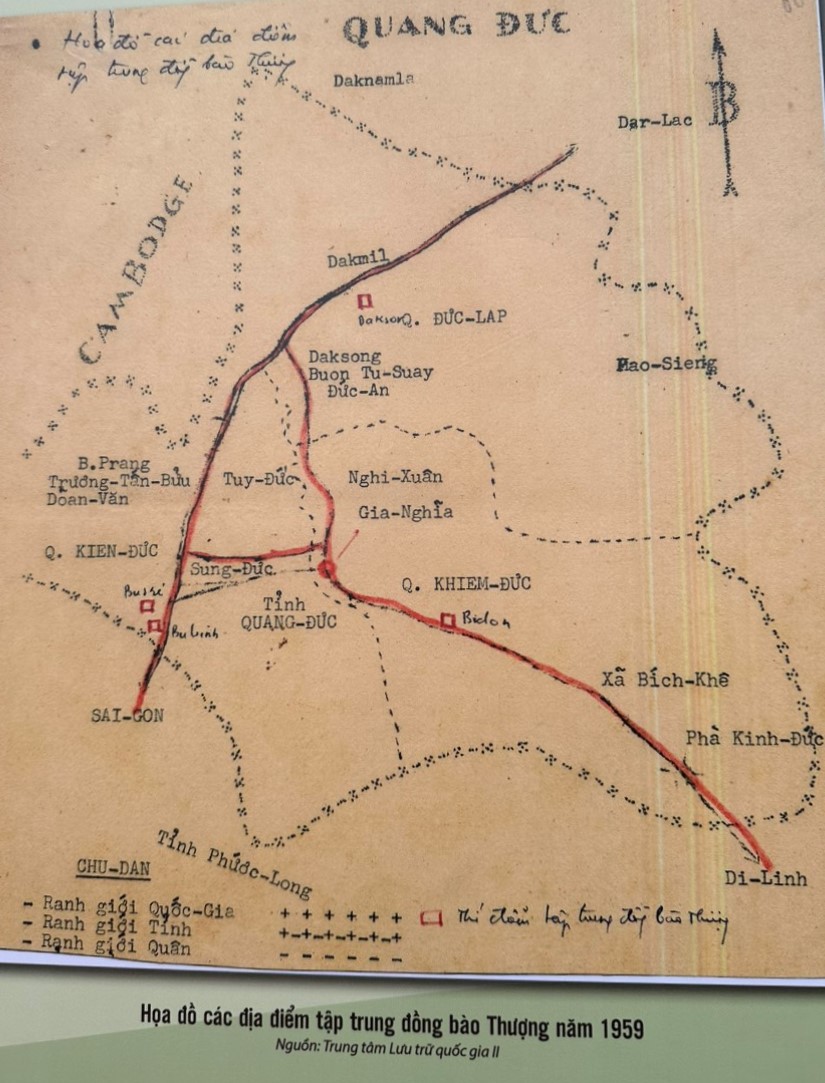
A map of the gathering points of the Montagnards in 1959 is displayed at the exhibition.
Not only that, the exhibition is a source of valuable original historical documents for scientists' cultural and historical research; creating a space for students, people, cadres and soldiers to study, live and learn about traditions. Thereby, contributing to the effective implementation of the program to promote the value of archival documents to serve the construction, socio-economic development, national security and defense in the locality as directed by the Prime Minister.
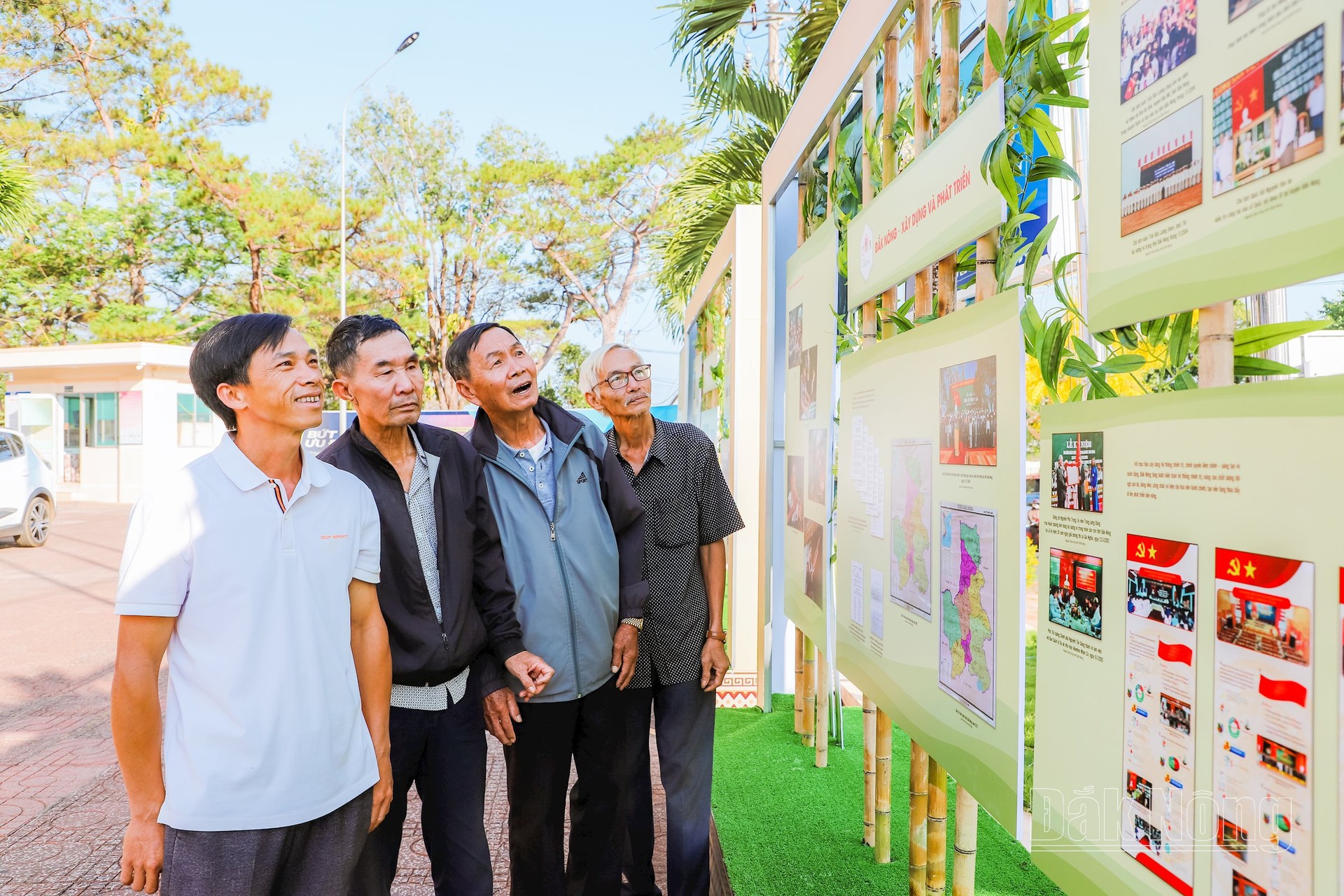
Many people came to visit the exhibition.
With the above purposes, the exhibition opens to visitors from March 22-23 at the Dak Nong Telecom headquarters. This is one of the activities in the series of events celebrating the 20th Anniversary of the Re-establishment of Dak Nong Province (2004 - 2024).
On January 1, 2004, Dak Nong province was re-established on the basis of separation from Dak Lak province. Although the province was re-established only 20 years ago, Dak Nong has a long history, closely associated with the nation's construction and defense of the country. With the determination, solidarity, creative labor, and self-reliance of the Party Committee, government and people of Dak Nong, the appearance of the city has been gradually changed, creating the necessary foundations for rapid and sustainable development.
Khanh Ngoc
Source




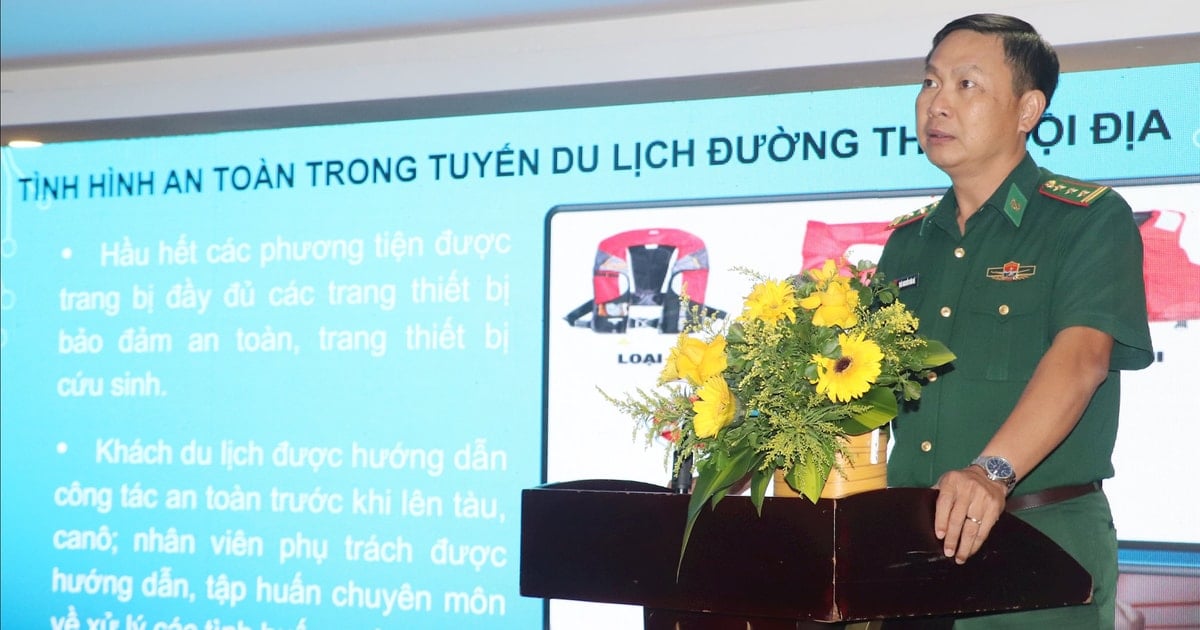

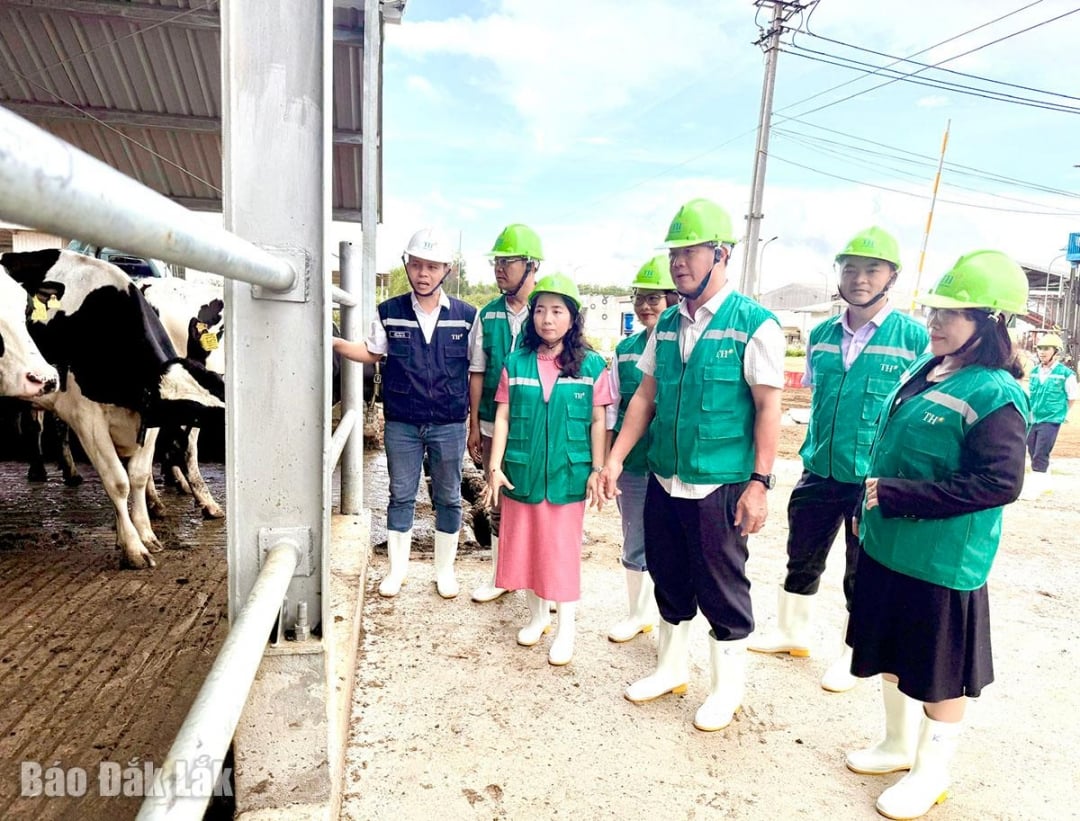

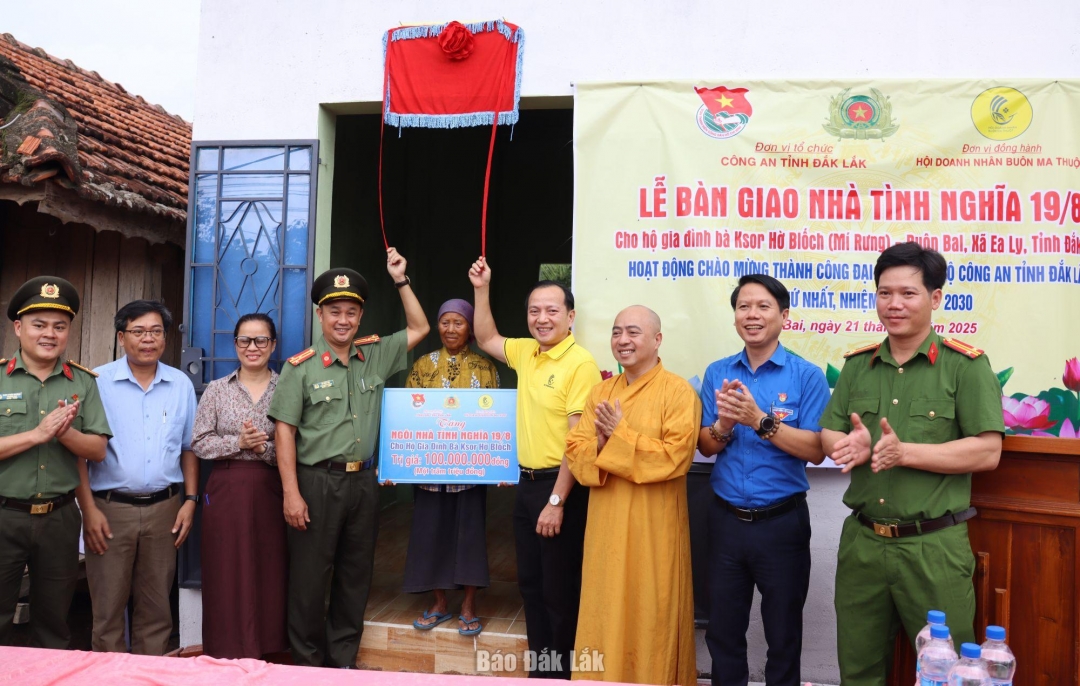
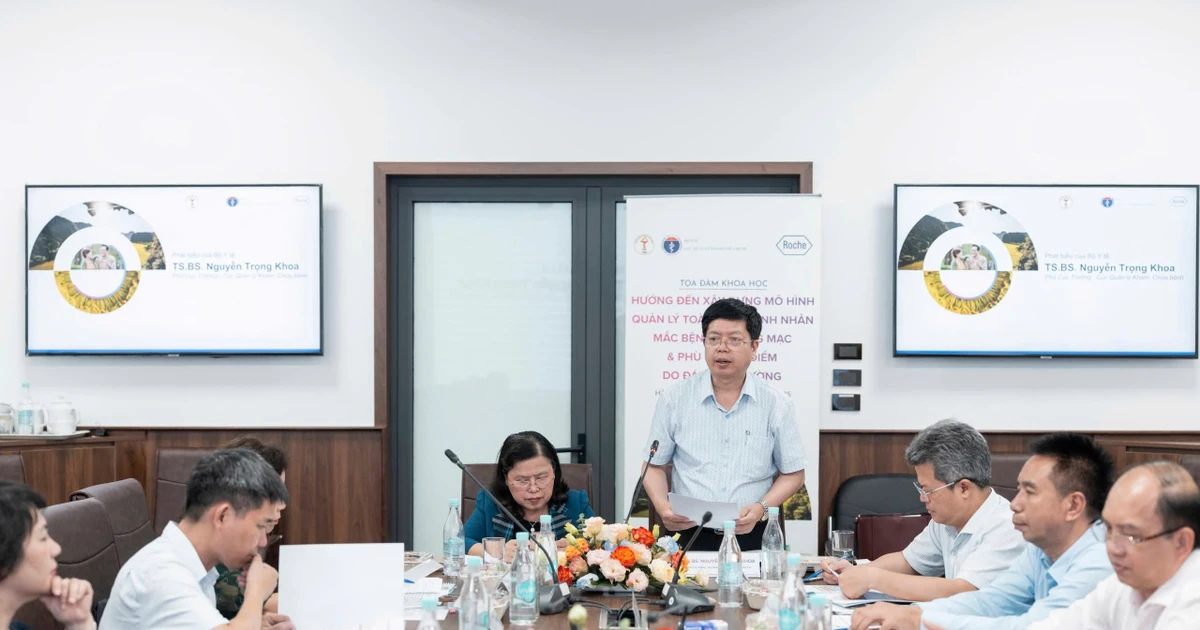

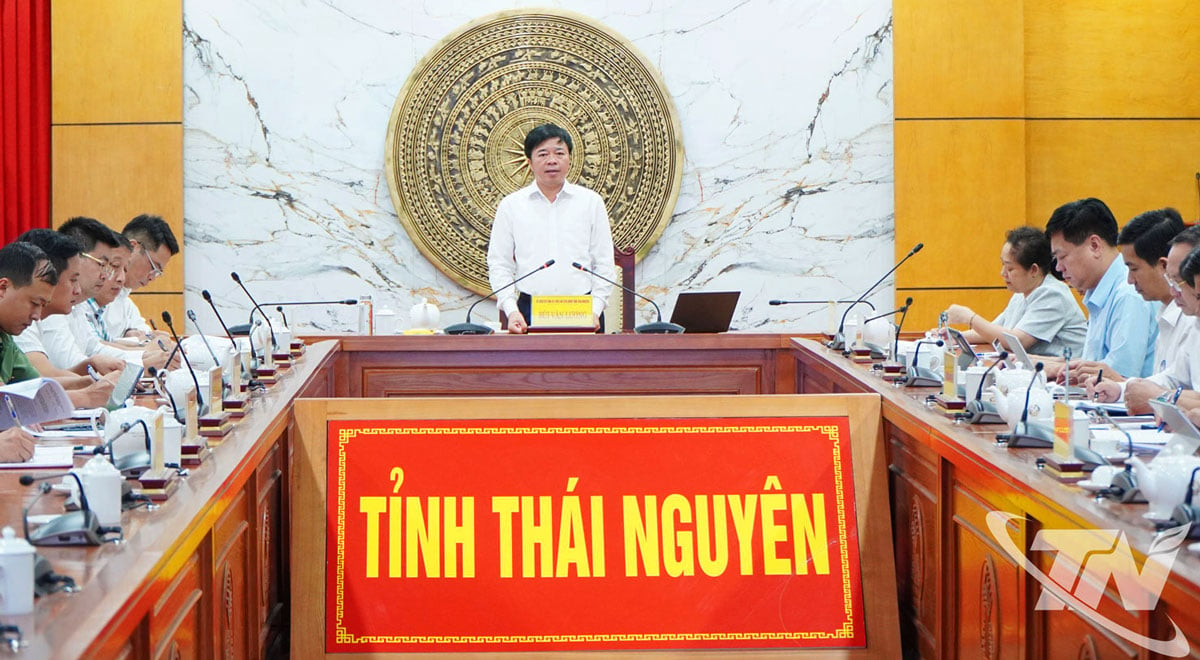
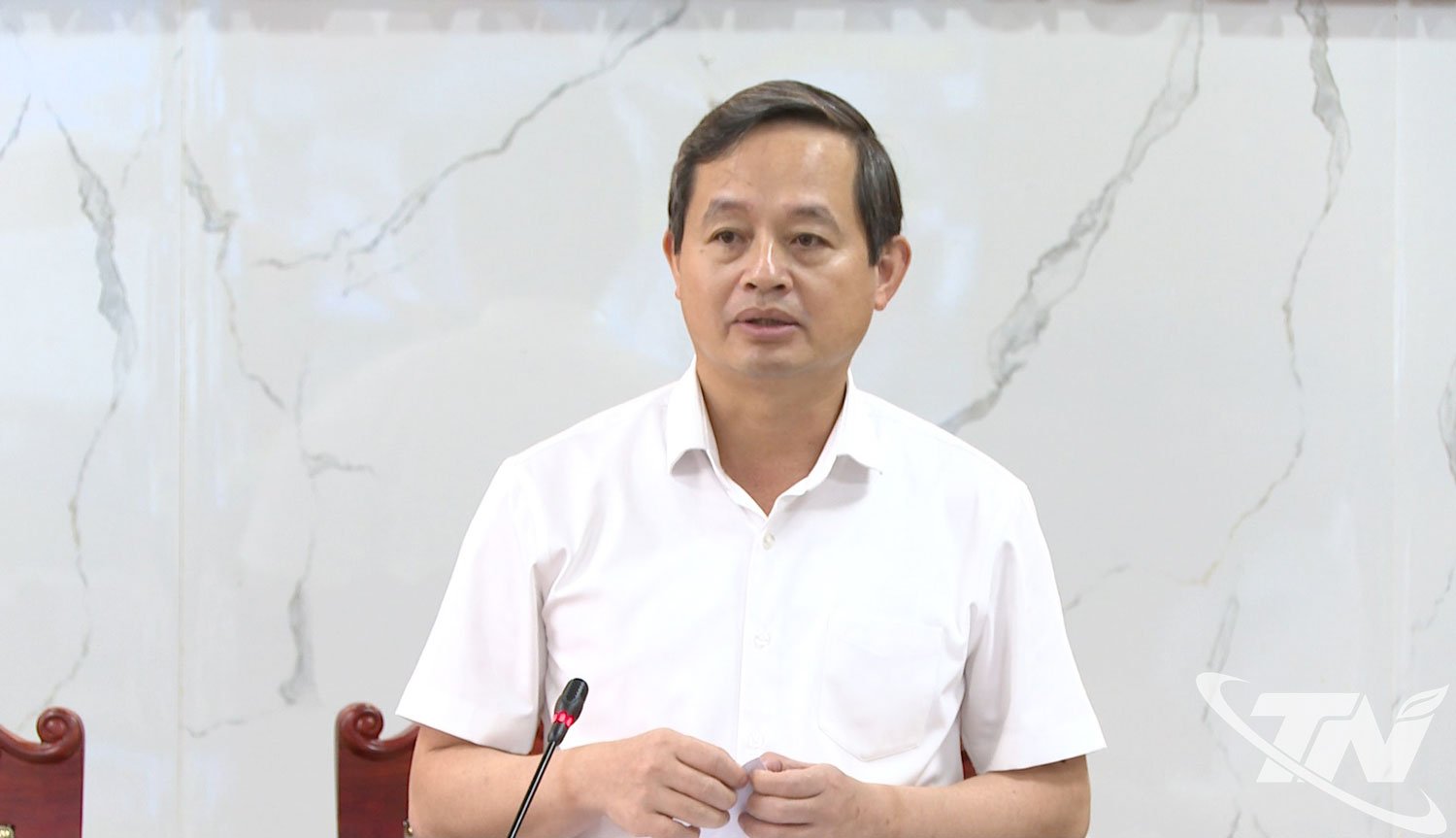

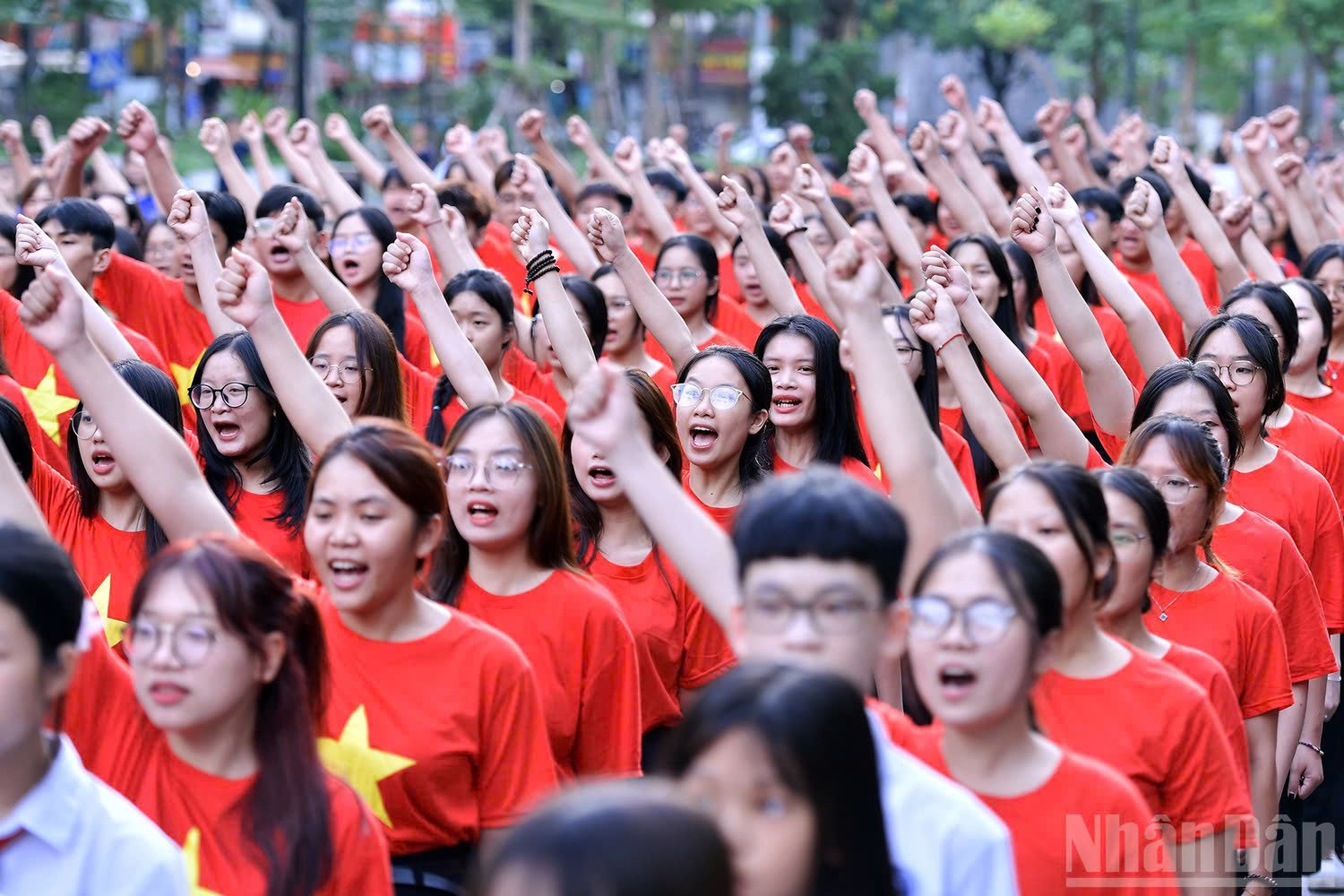


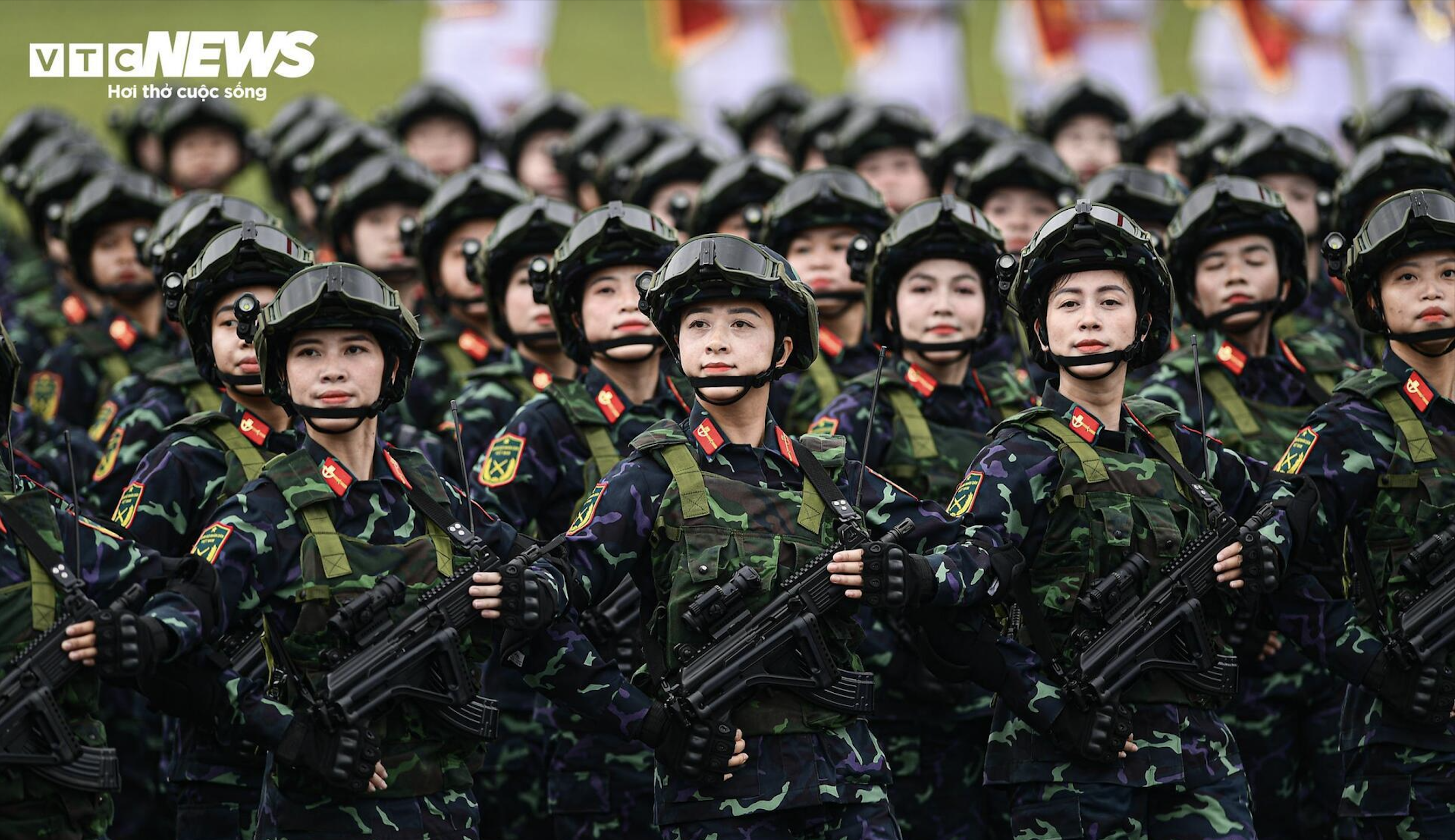



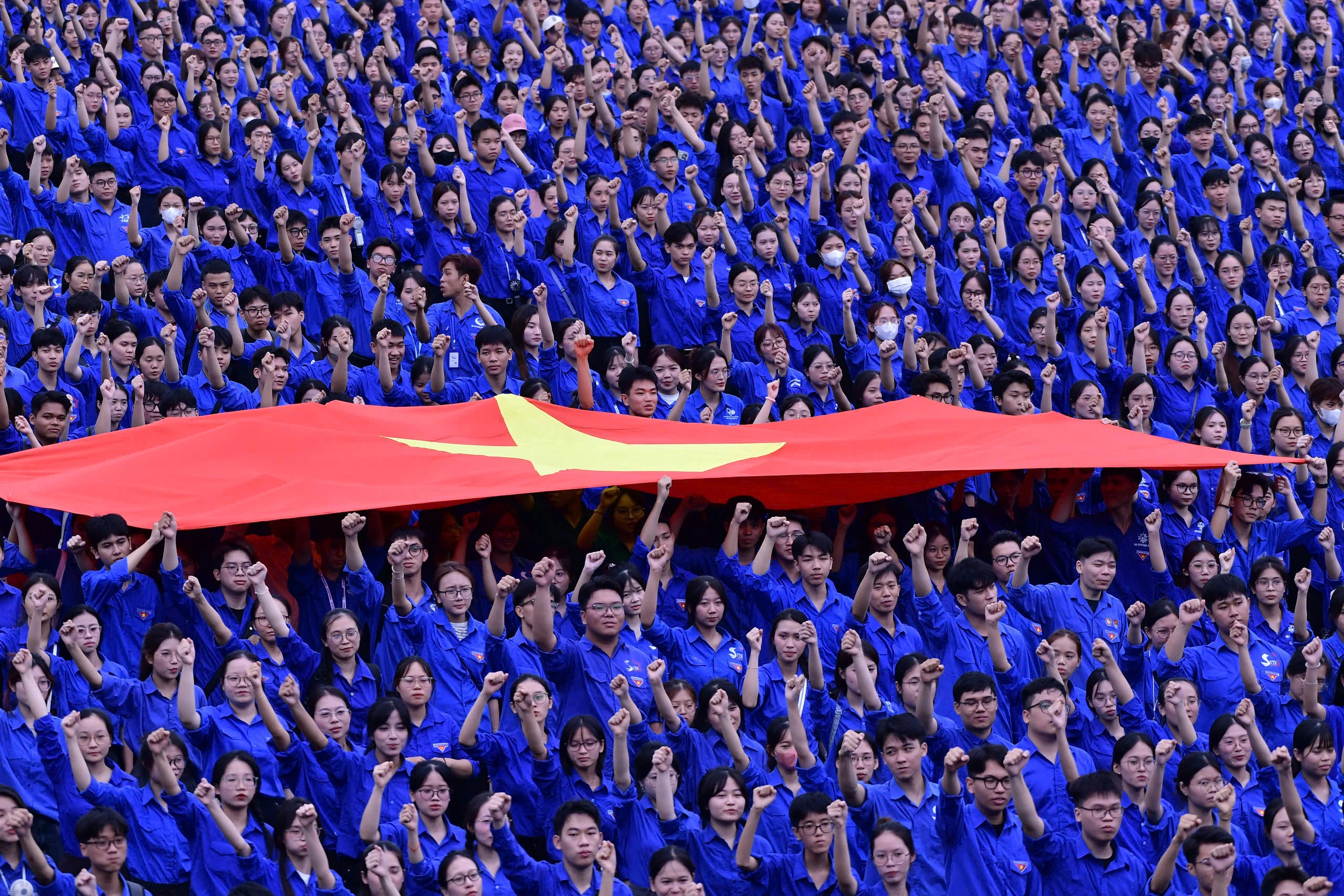



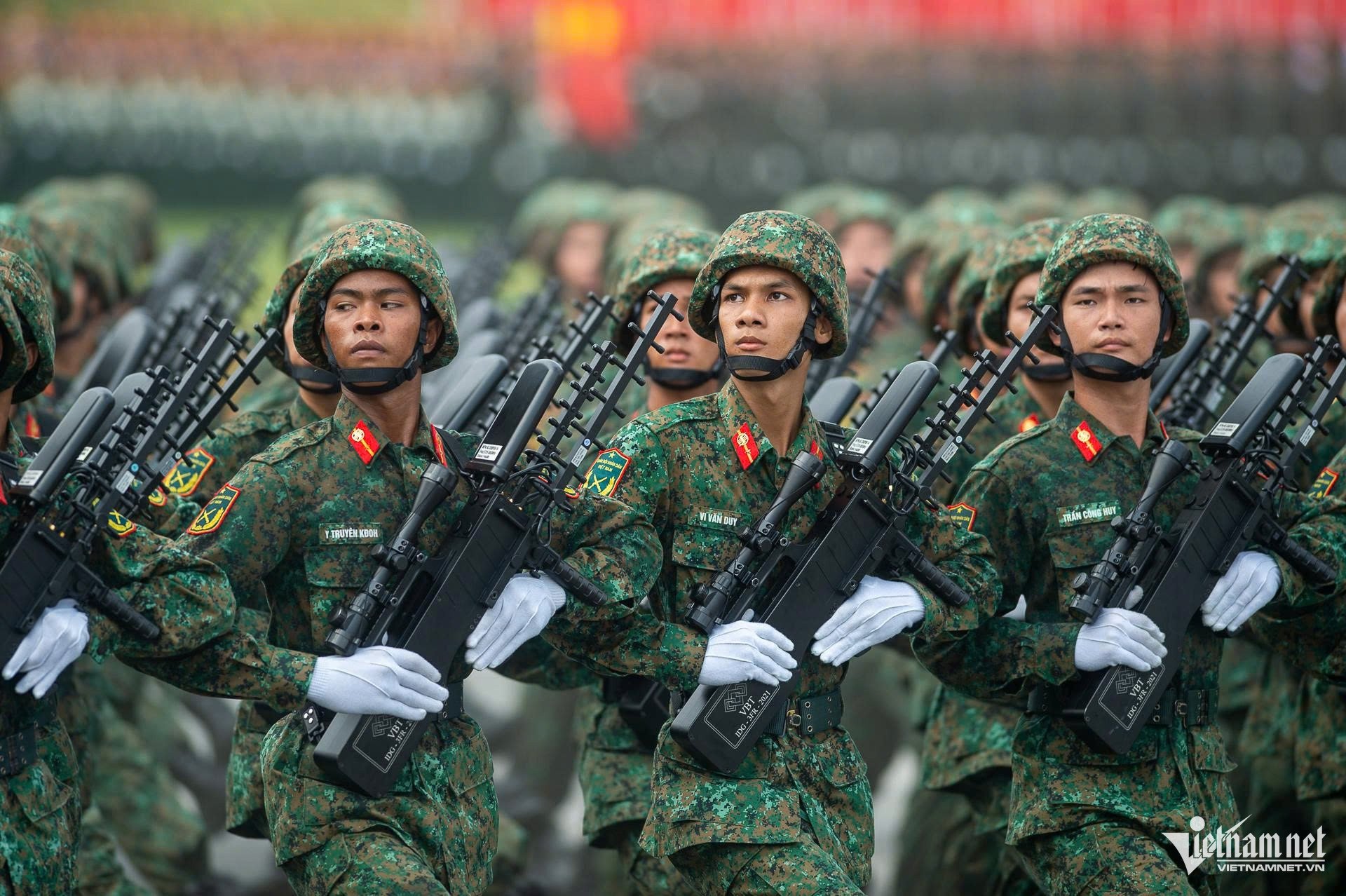
![[Photo] An Phu intersection project connecting Ho Chi Minh City-Long Thanh-Dau Giay expressway behind schedule](https://vstatic.vietnam.vn/vietnam/resource/IMAGE/2025/8/21/1ad80e9dd8944150bb72e6c49ecc7e08)


![[Photo] Prime Minister Pham Minh Chinh receives Australian Foreign Minister Penny Wong](https://vstatic.vietnam.vn/vietnam/resource/IMAGE/2025/8/20/f5d413a946444bd2be288d6b700afc33)
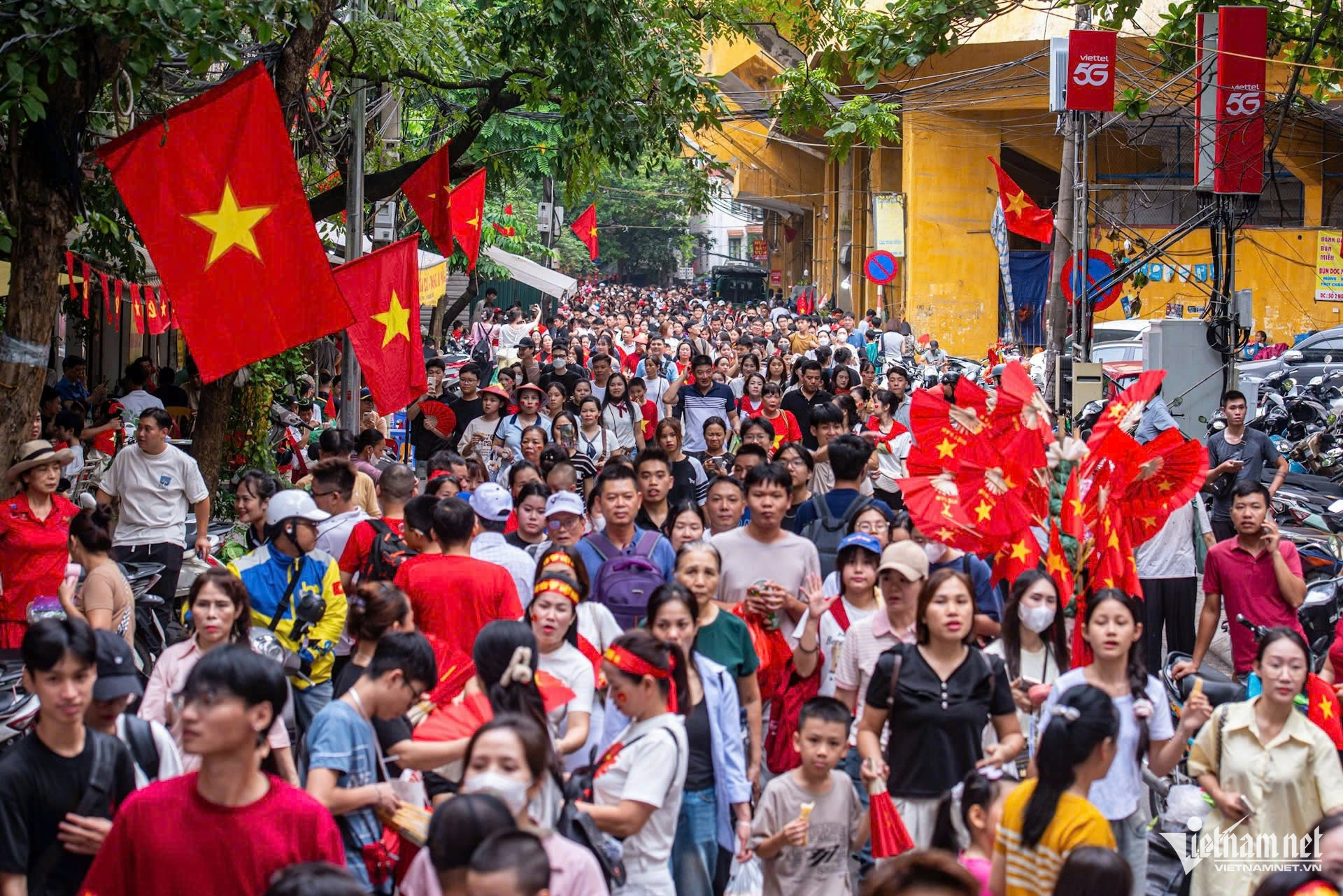
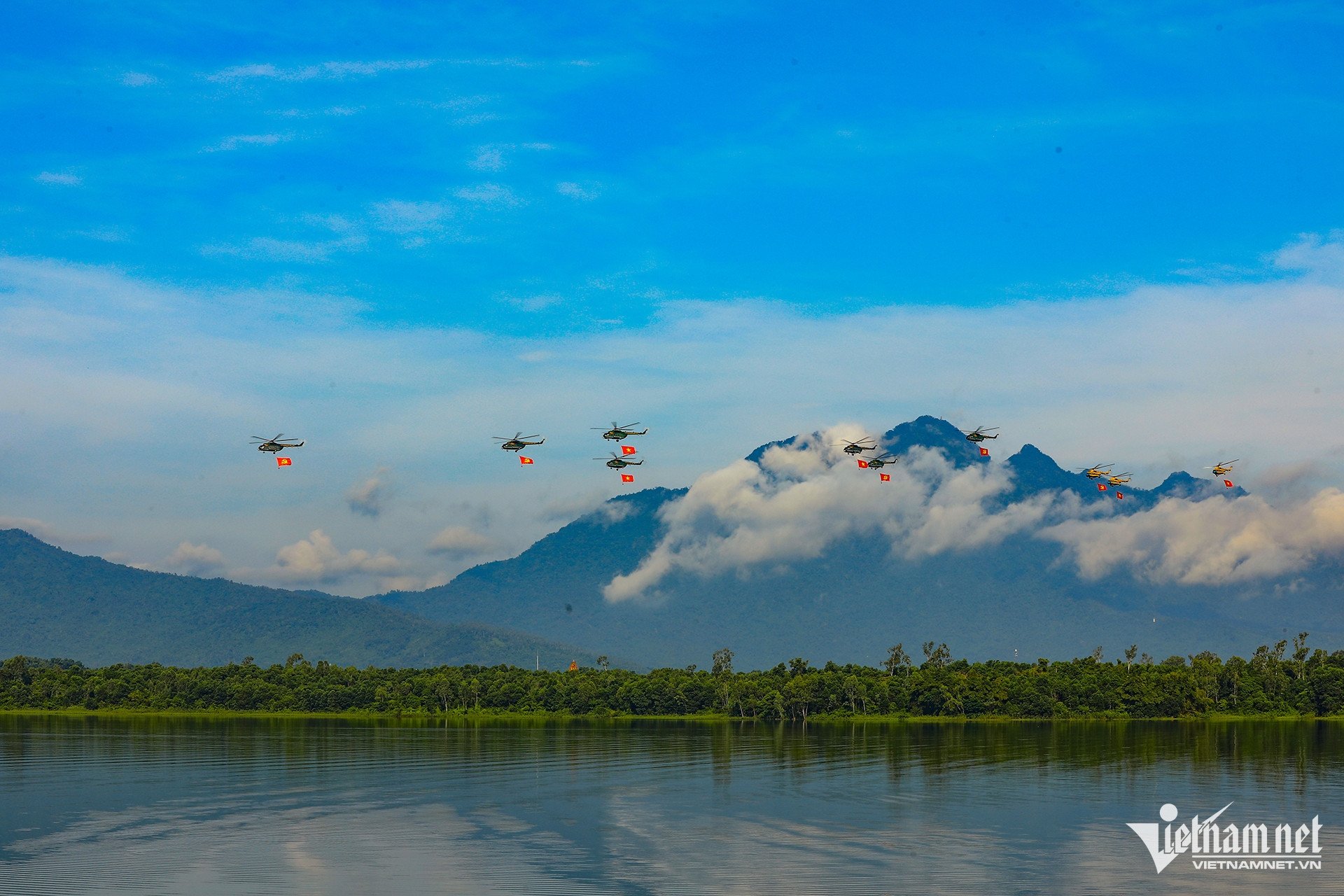
![[Photo] Politburo works with Standing Committees of Lang Son and Bac Ninh Provincial Party Committees](https://vstatic.vietnam.vn/vietnam/resource/IMAGE/2025/8/20/0666629afb39421d8e1bd8922a0537e6)
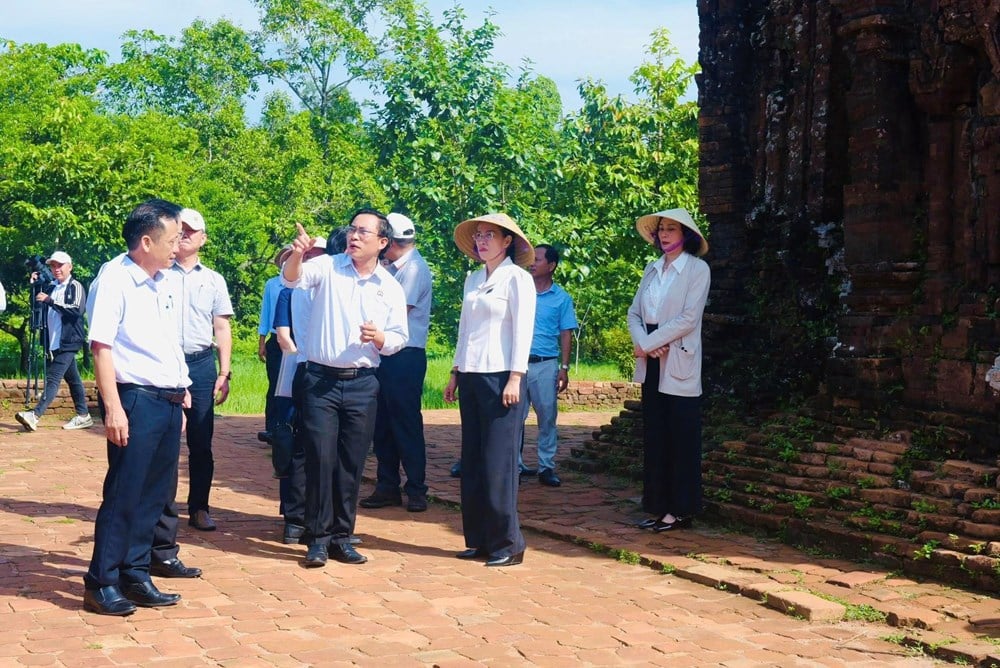



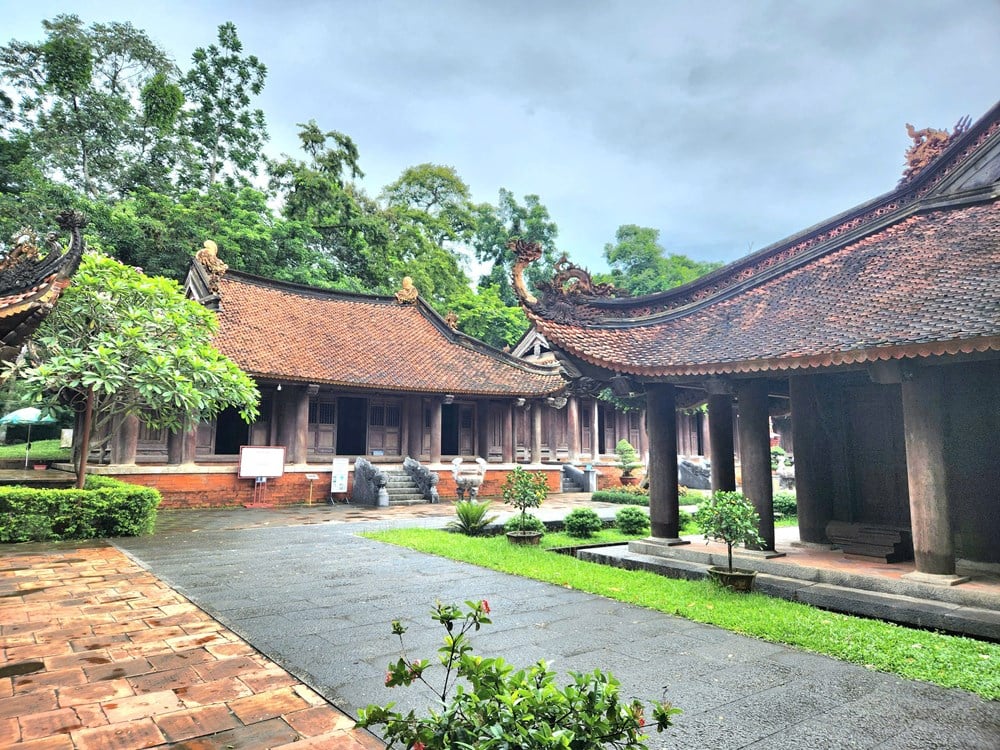
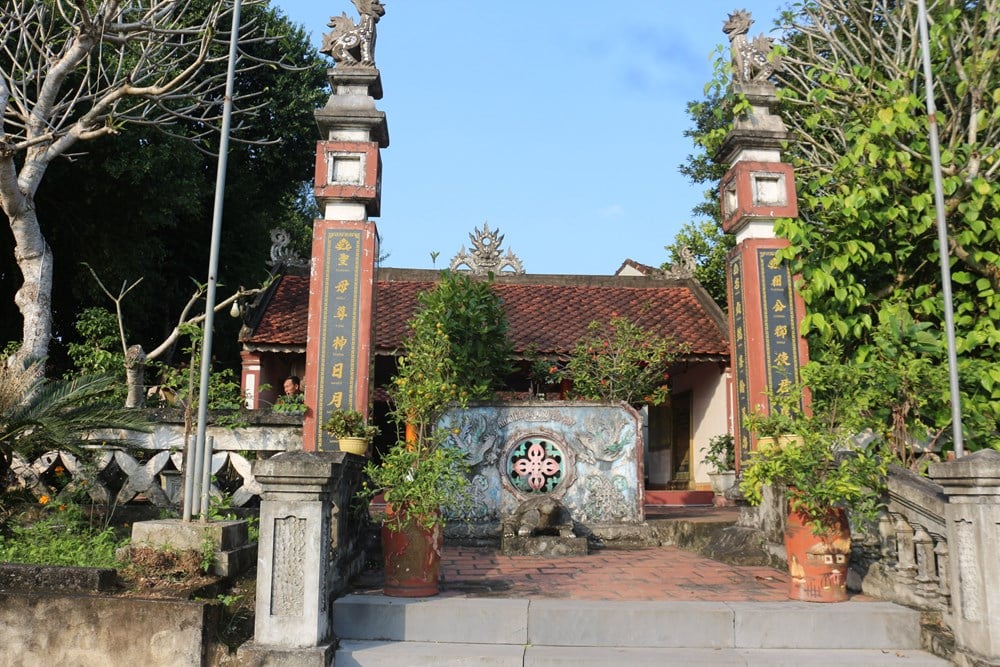
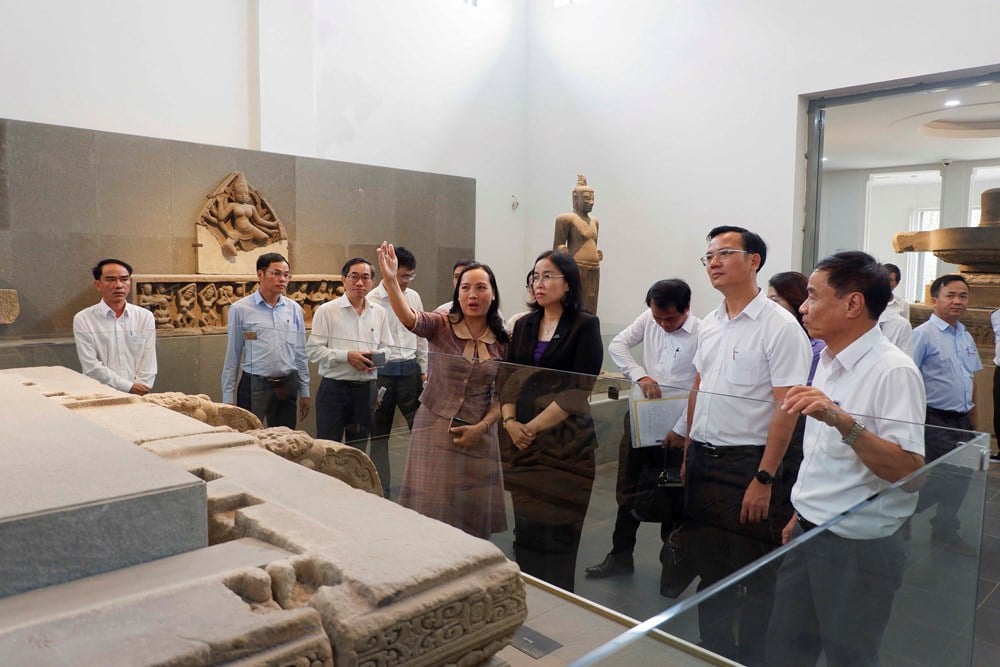
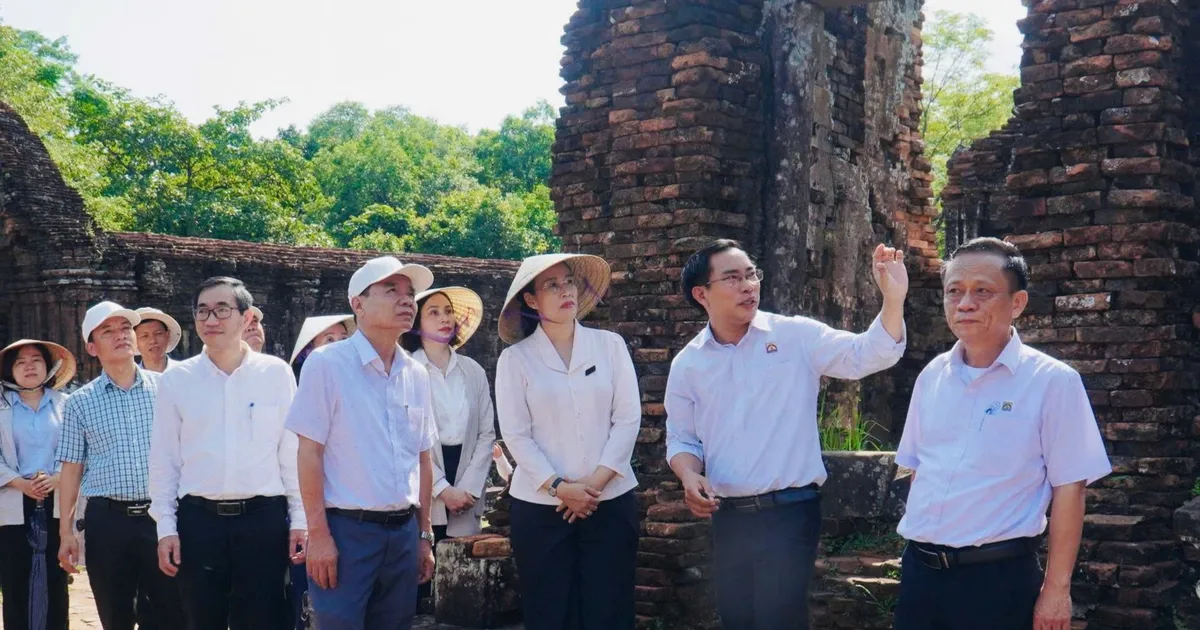


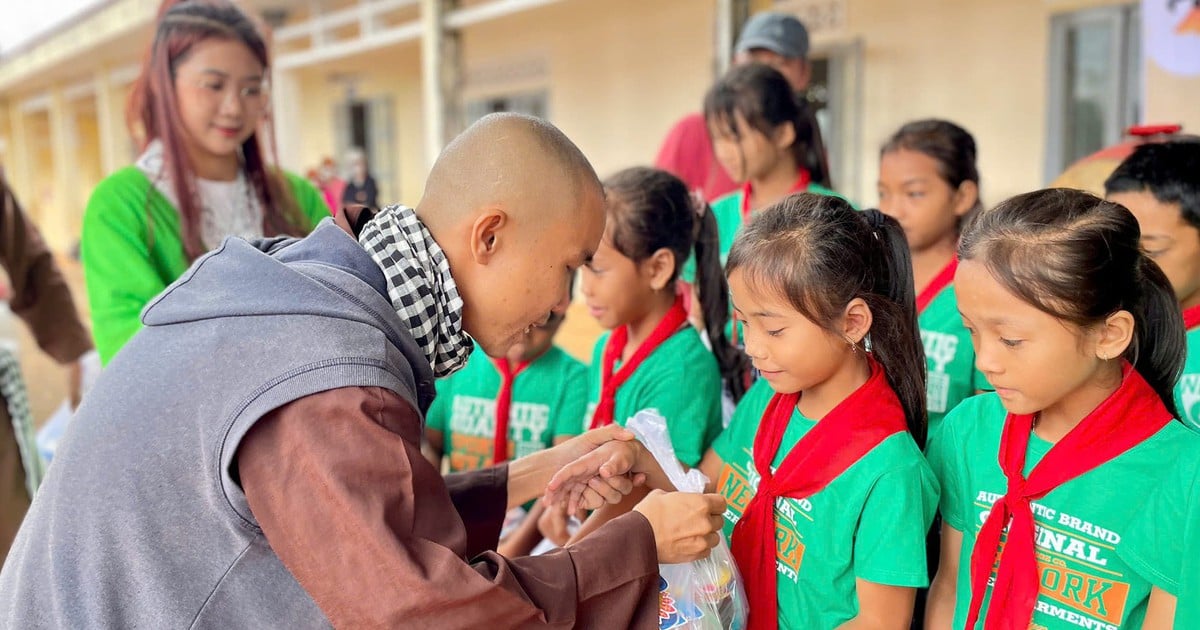






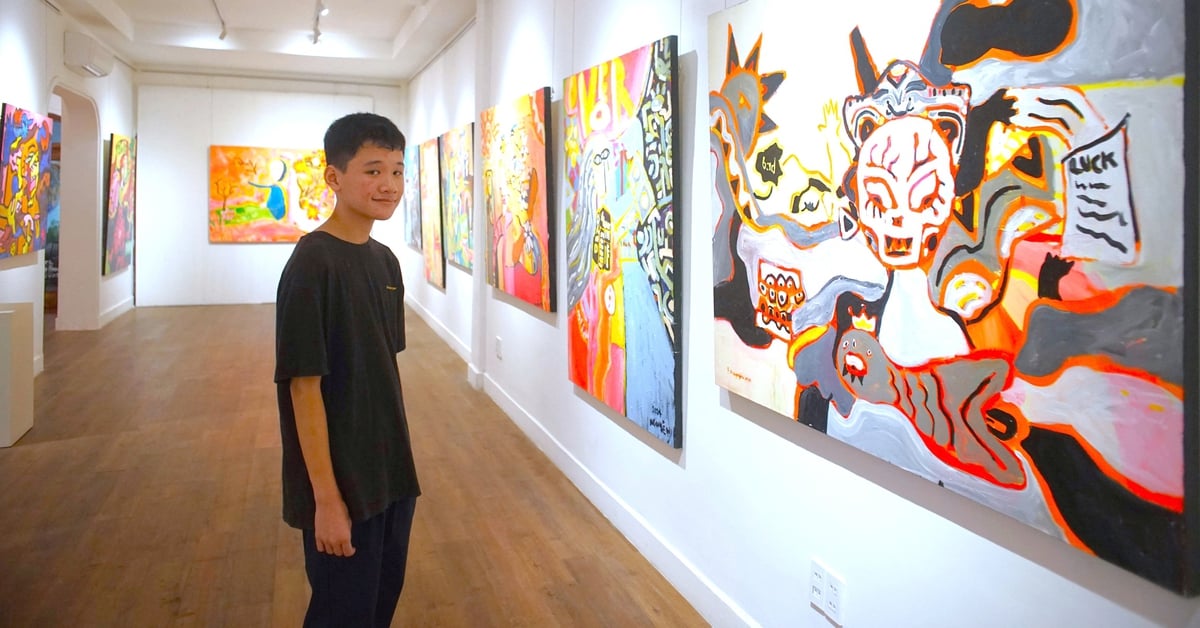

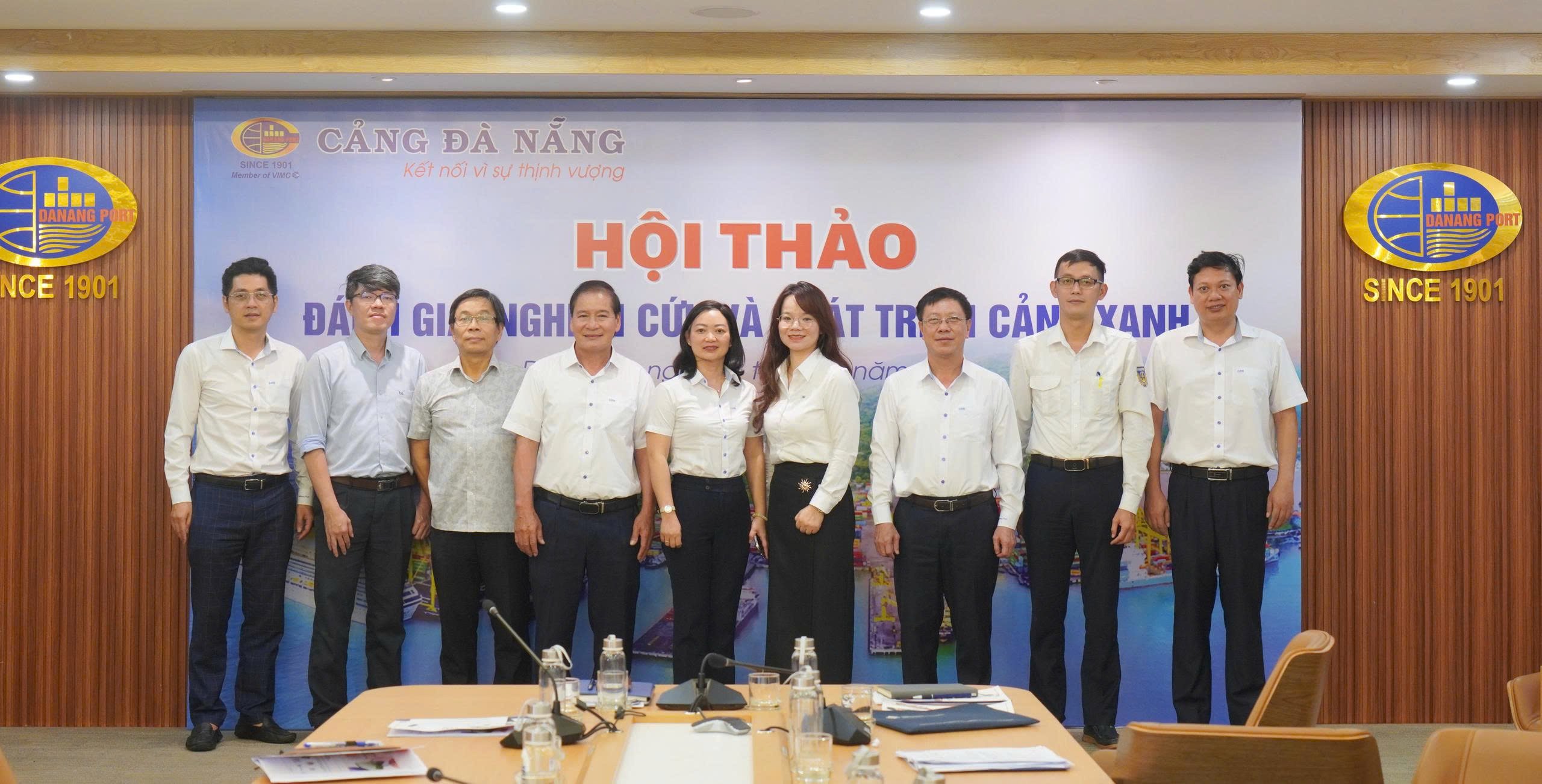


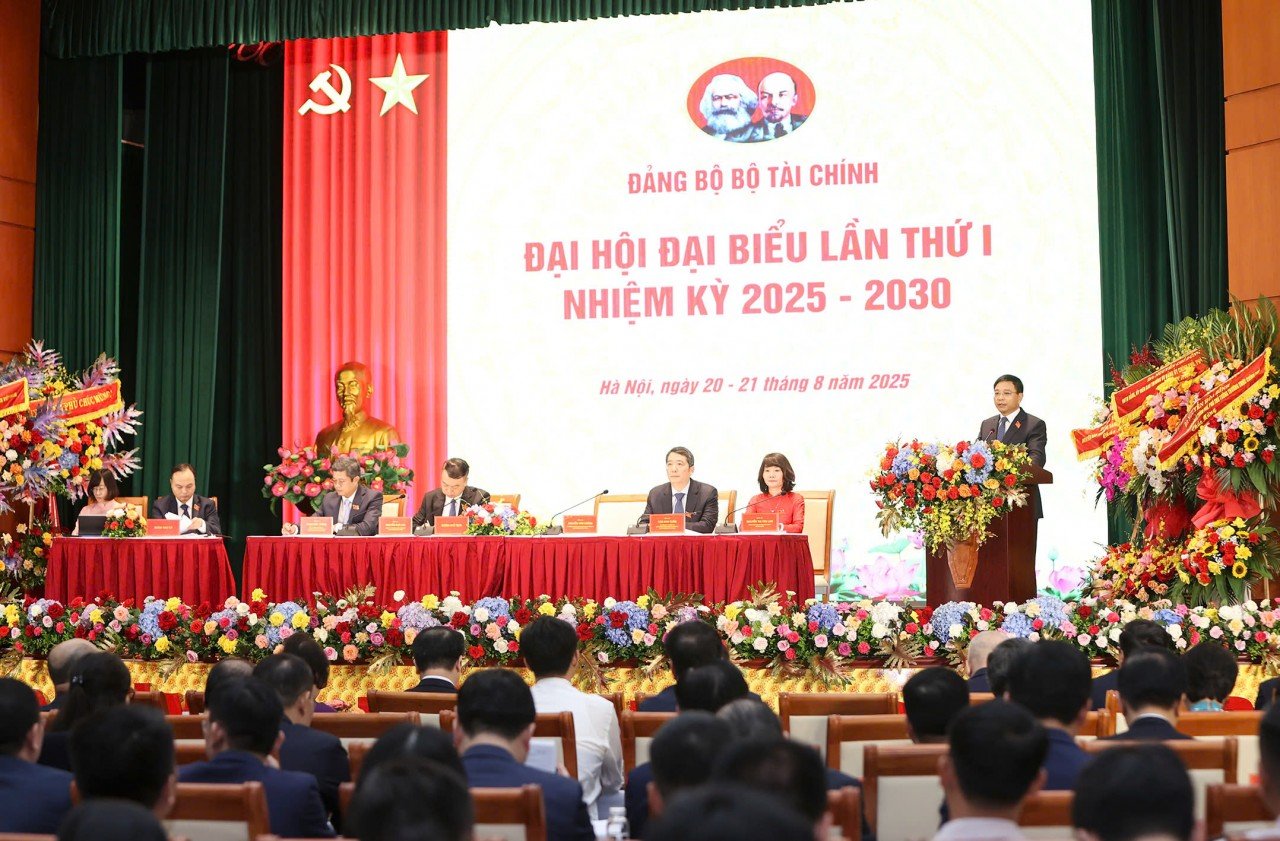
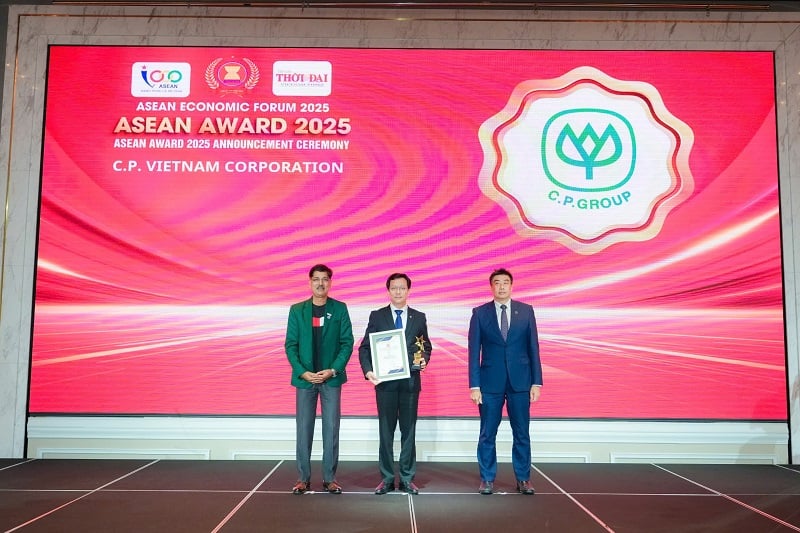


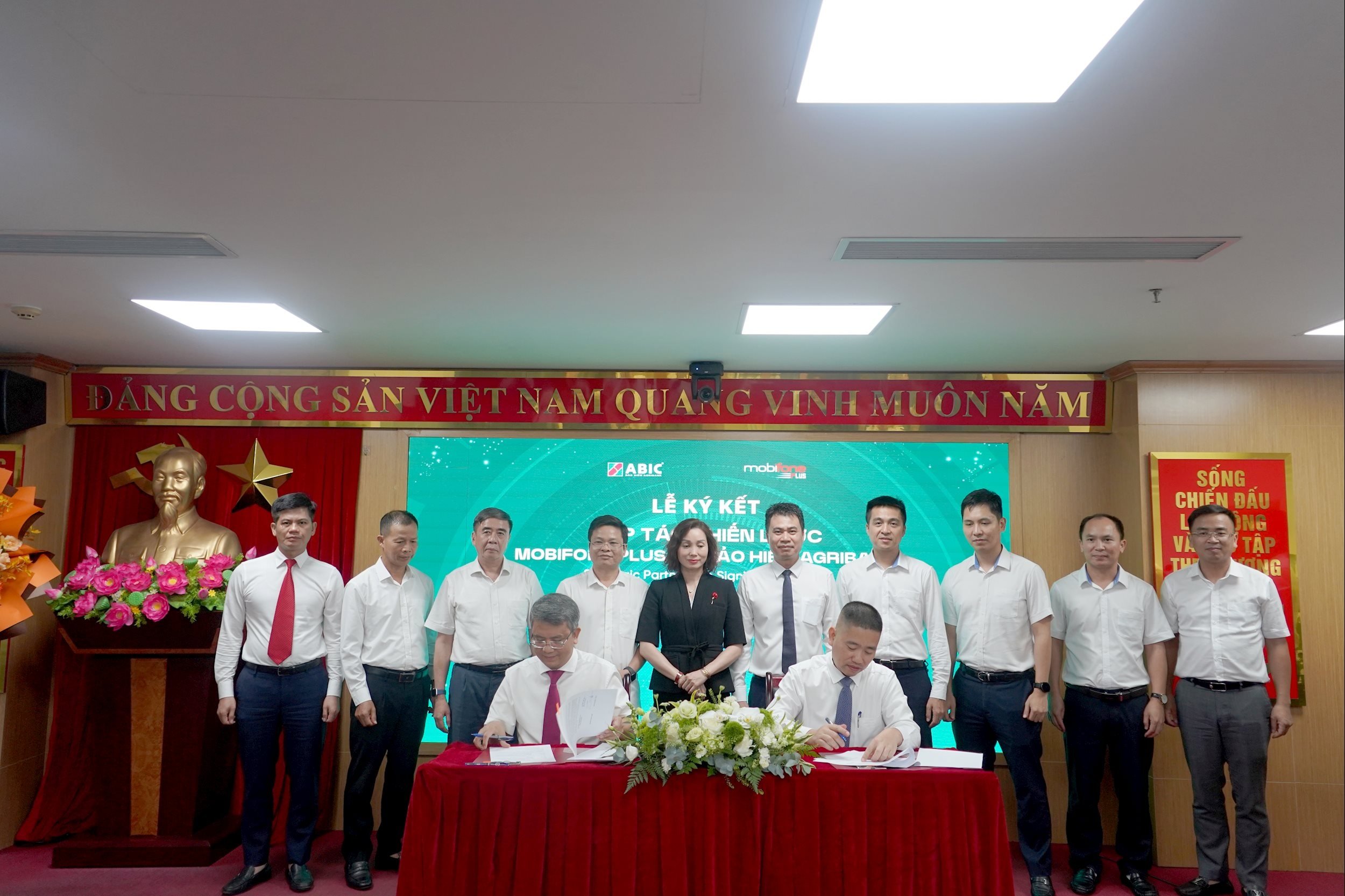


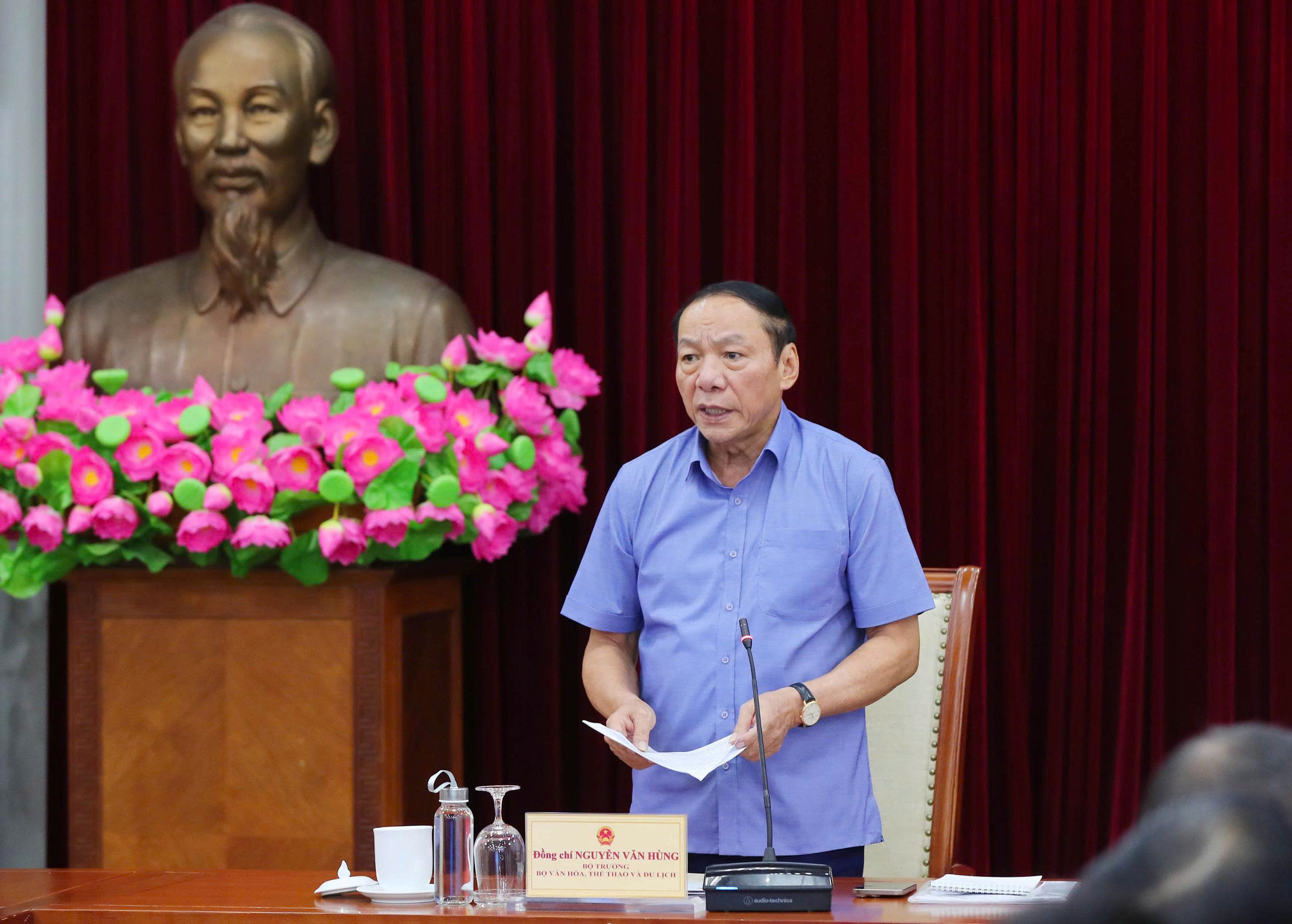



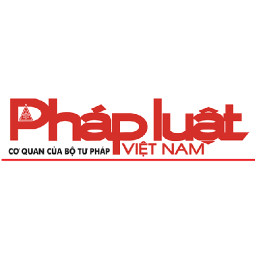
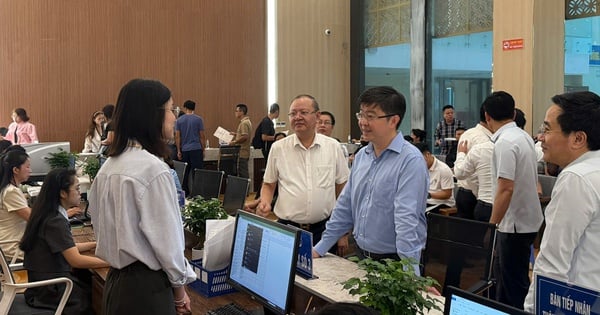

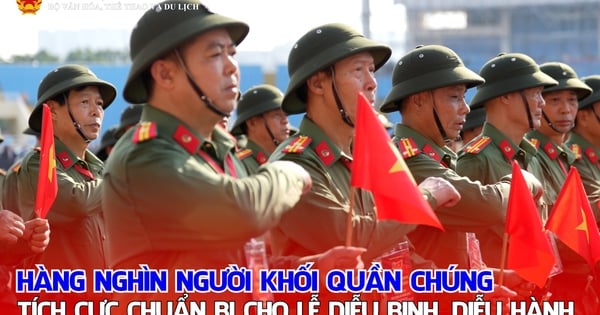

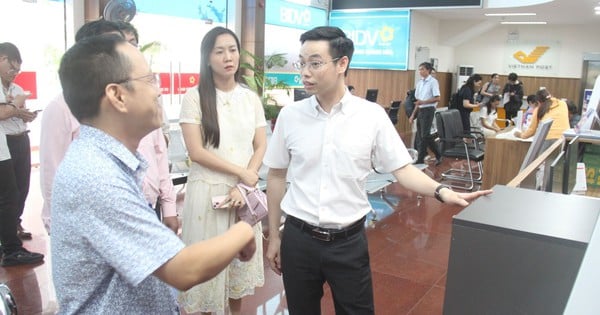
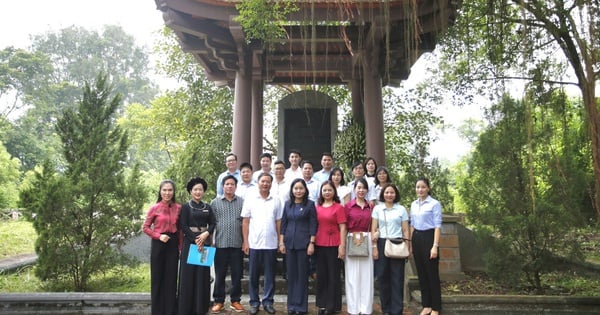
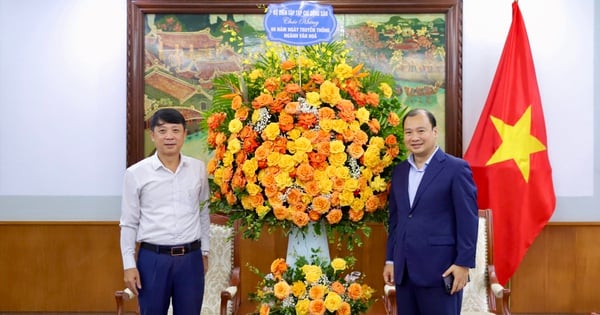








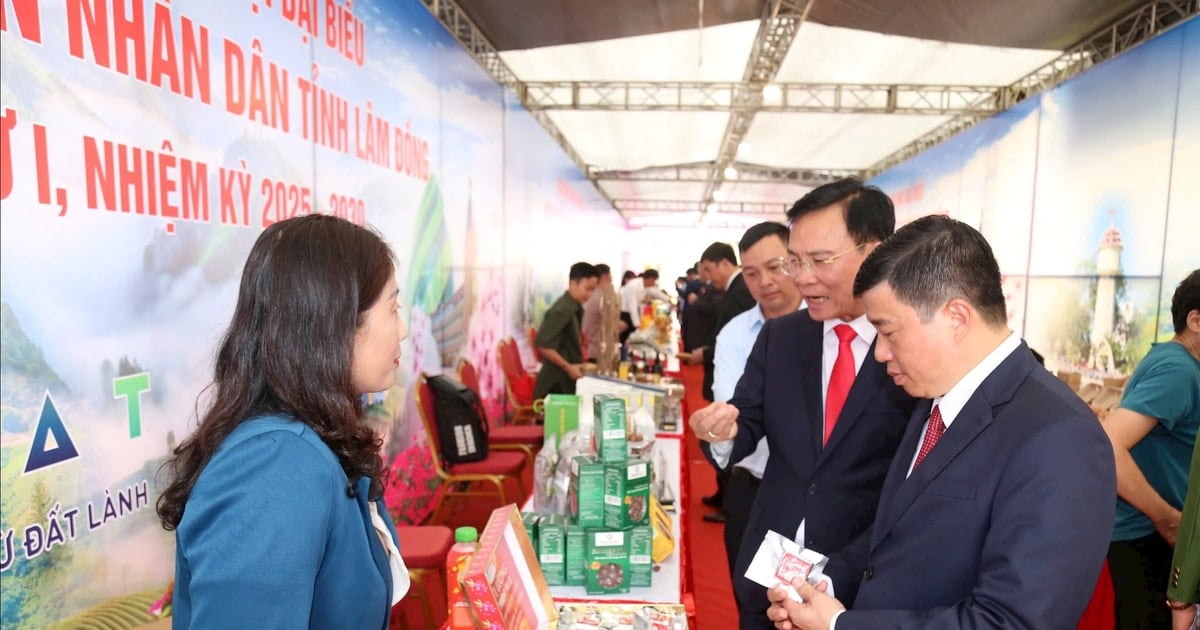








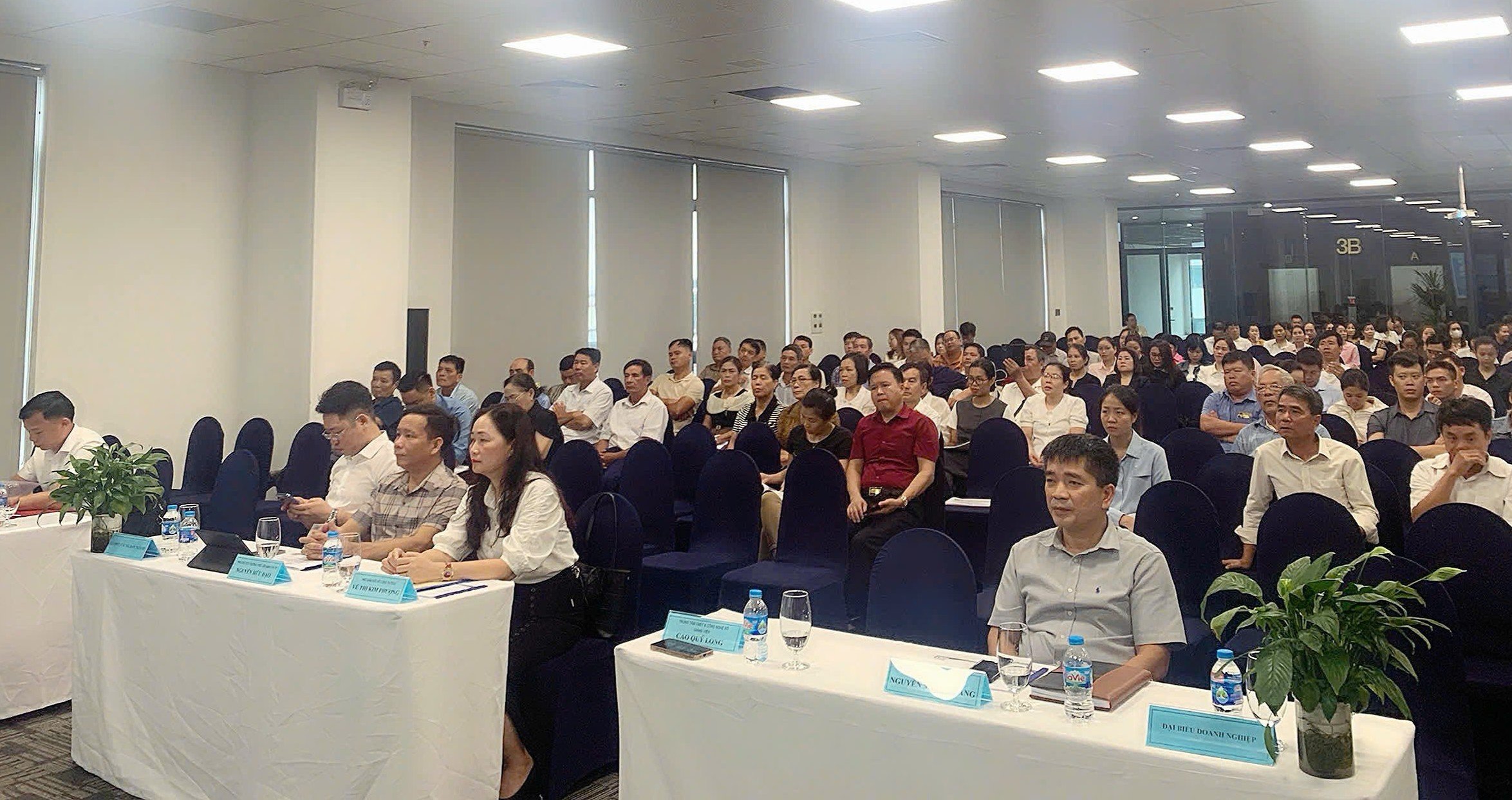






Comment (0)